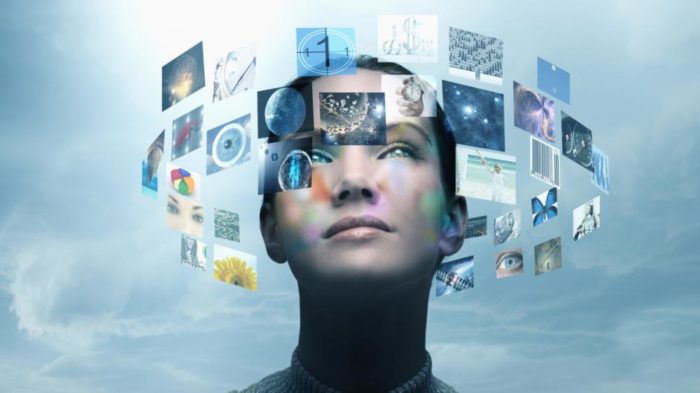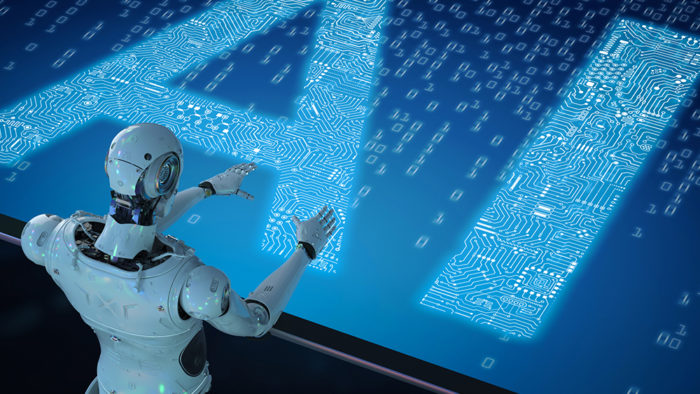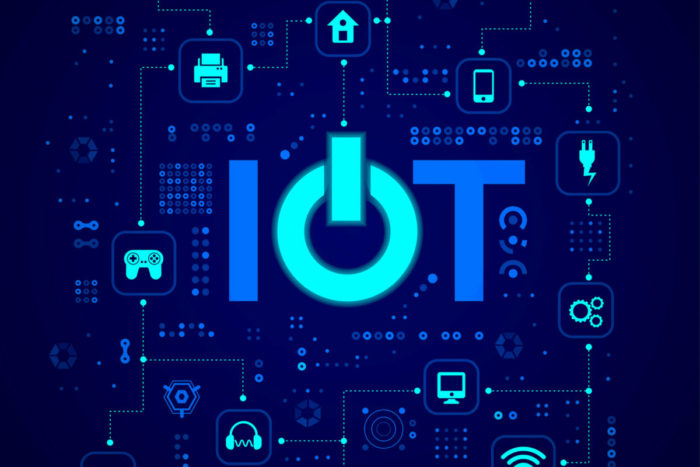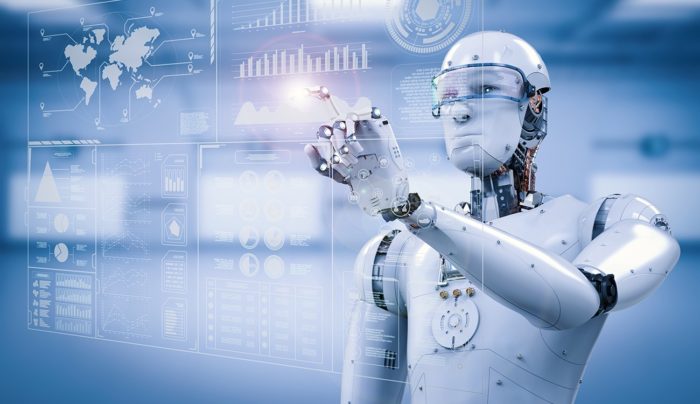Technology innovation drives the global economy, healthcare, e-commerce, education, and other industries. The fast-changing technology landscape results in both positive and negative implications, which will be reviewed in this article.
Thanks to digital transformation, many businesses have already matured into leading providers while the other only start exploring new technology trends. Consumers accustomed to frequent technology advancements expect from manufacturers and service providers a more appropriate treatment of their needs. They require personalized offerings, better user experience, and instant response to their inquiries. Thus, most companies have already changed their strategies to become more customer-centric.

Innovation has led to the emergence of disruptive technologies and tech hubs throughout the world. Let’s see what technology trends we will observe within the next few years and how they will affect our lives.
4 Leading Technologies – Positive and Negative Effects
Every new technology impacts our lives even if we don’t notice that. Whether positively or negatively, technical development modifies the way we communicate, buy products, get services, or run business. Below are the leading technologies and their effects.
1. Artificial Intelligence and Machine Learning

Investments in artificial intelligence (AI) and machine learning (ML) have helped many organizations thrive. This technology is undoubtedly one of the predominant powers for digital changes. AI-powered solutions work best when applied in training or education spheres. They provide perfect learning support for students and employees who undergo onboarding, for example.
Artificial intelligence is also a powerful tool for decision-making processes. It is exploited by many industries to process big data and get valuable insights, forecast, and craft company strategies. It is evident that all these benefits result in positive effects on both producers and consumers. The former can reduce their operational costs, gain better analytics, and, consequently, increase revenue. Consumers, on their side, can get better and faster services, individual propositions, and sometimes even lower prices.
Despite the positive effects that AI brings to us, it also has some undesirable consequences. AI-powered solutions automate and assist in so many human-driven activities that there’s a concern that some human jobs could be easily replaced with machines.
Hubspot, for example, considers that robots will likely replace telemarketers, bookkeepers, receptionists, retail salespeople, and a few more jobs. Mckinsey has the same opinion – within 5-10 years, automation will make many jobs disappear. However, they also say that instead of lost jobs, the world will get new ones that will require people acquiring new skills.
2. Internet of Things

The growing demand for innovation has led to the emergence of the IoT industry. Not only tech companies facilitate the development of IoT-powered solutions, but research institutes, automotive companies, industrial manufacturers contribute to the success of connected technologies.
The Internet of Things provides many opportunities and serves a foundation for new products and services development. It could trigger a process of the digital transformation of entire nations. IoT is successfully exploited in healthcare, smart factories, logistics, e-grocery, and other industries. Diceus, for example, considers that medical IoT can improve disease management, treatment, and emergency care as well as provide more accurate patient data and higher patient engagement.
IoT allows for remote monitoring, real-time tracking, quick response to different changes. Thus, its potential benefits include enhanced customer experience, additional revenue, ability to forecast customer behavior, reducing operational costs. Obviously, these all refer to the positive effects of IoT development. But what about the negative ones?
Some reports say that IoT could bring the risks associated with unsecured data into factories and homes, which are very prone to cyberattacks. Among the other challenges are privacy concerns. IoT devices that track public places can gain data about people without their consent.
3. Blockchain

Blockchain drives digital financial services are driven by Blockchain. It was not so long ago that millions of people were unaware of this technology. Burst with hype a few years ago, Blockchain has become one of the disruptive technologies in banking, FinTech, and finance.
Apart from cryptocurrencies, Blockchain is applied in insurance for claims processing, in banking for secure authentication, international payments, and smart contracts. It ensures data integrity, speed, reliability, analysis, and transparency. Undoubtedly, if implemented successfully, it has great prospects for the future. For example, Ripple has managed to leverage the benefits of Blockchain to offer instant and reliable global money transfers at the costs, which are lower than those offered by traditional banking.
Like any other innovation described above, Blockchain also has some negative implications, which are as follows:
- The need for significant computing power that results in high environmental costs.
- Lack of regulations leading to risks of hack and assets losses.
- Complexity, i.e. disability to appreciate the benefits.
In spite of some undesired implications, Blockchain keeps being one of the most popular technologies that the financial sector explores how to adopt best.
4. Robotic Process Automation

The growing strength of RPA (robotic process automation) allowed many enterprises to improve their operational efficiency. RPA solutions are used in different businesses to optimize resources, improve efficiency, enhance communication, automate processes, and gain better analytics.
According to Deloitte, in the next few years, up to 72% of companies will embark on RPA adoption. Among the most critical advantages of these intelligent solutions are cost savings associated with productivity improvements and reducement of operational costs. Along with the pros of RPA implementation, there are some cons that refer to the fear that robots could work instead of humans.
Final Words
While positive and negative implications of technological development have been reviewed, the world keeps pace with innovation. The rise of disruptive technologies increases the shift in powers from one country to the other. Companies are trying to outbid each other by offering their customers more and more exciting tech features. Ultimately, this competition serves as one of the most powerful drivers for new ideas and further advancements.
Due to the crazy speed of technology development, we will obviously see how many businesses will blend and mature in something they even had no idea and intent to become.









